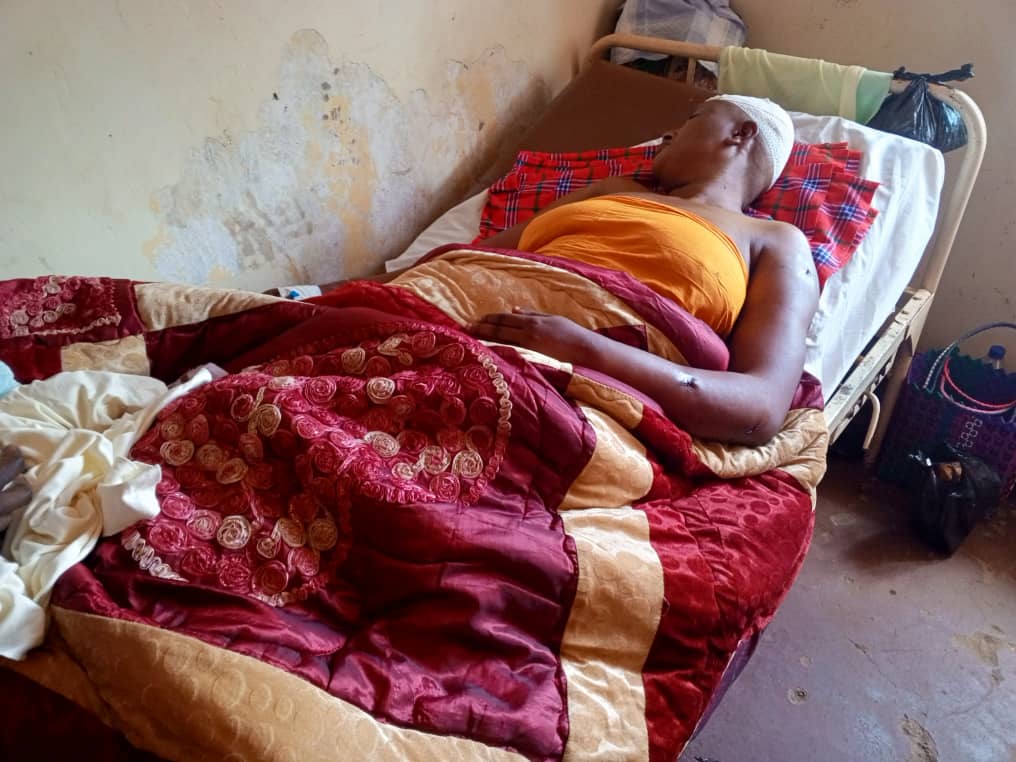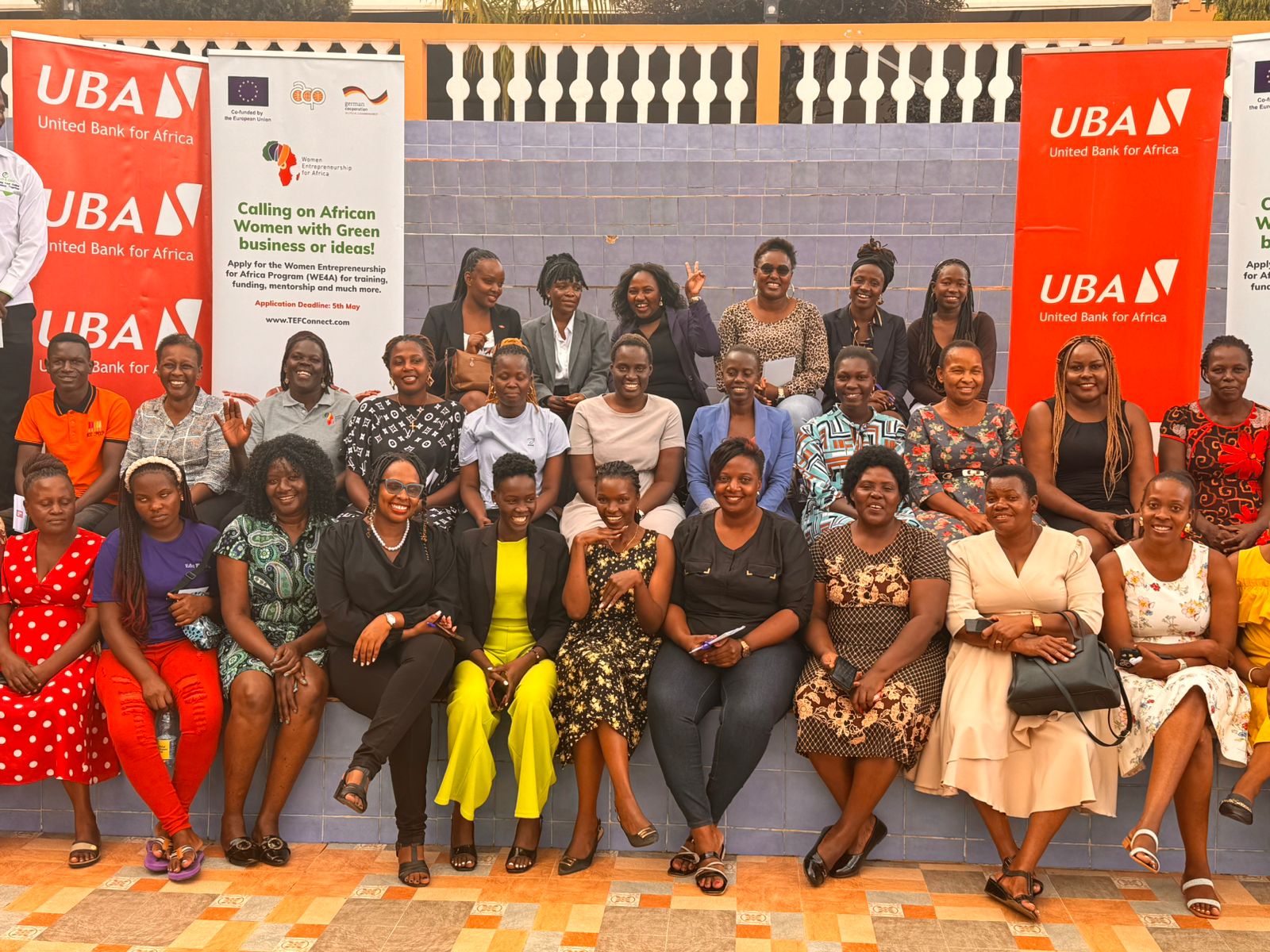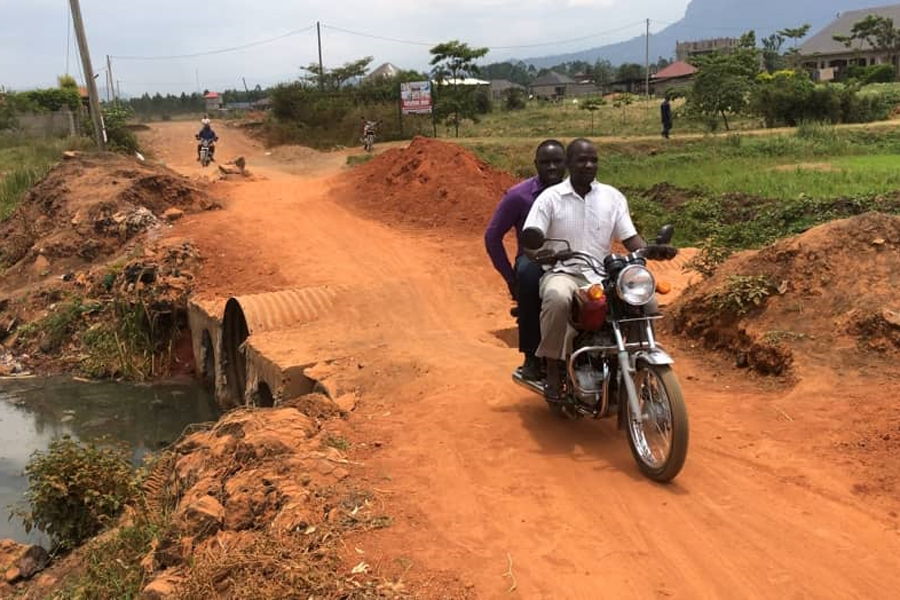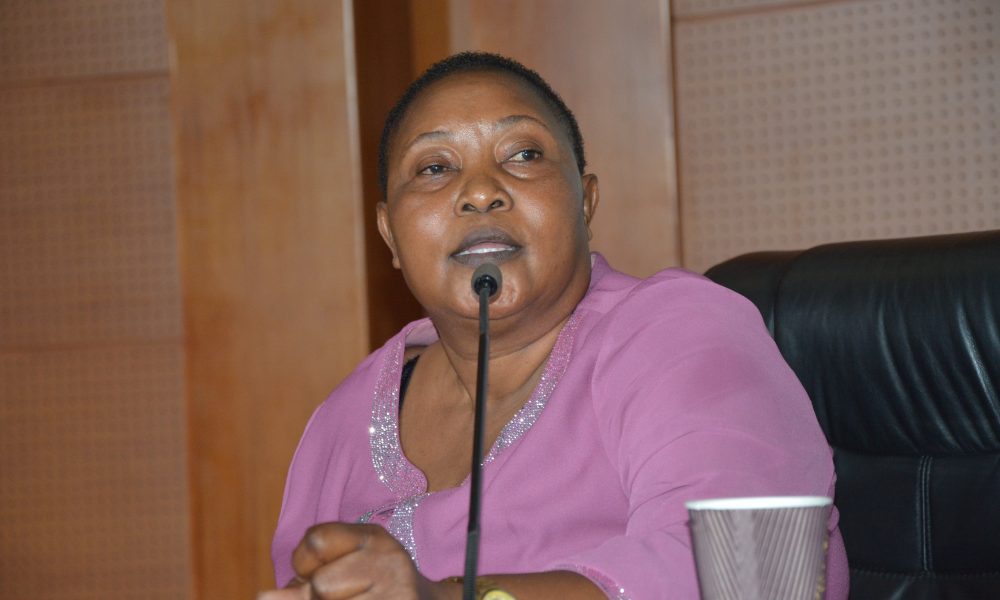'A fifth of Uganda’s fishermen have HIV'
By Joachim Buwembo
It is a cruel health-demographic coincidence that about a fifth of Uganda’s marine populations are now infected with the deadly HIV, the same ratio of the country’s area that is covered with water.
Keep Reading
While Ugandans and the government congratulate themselves on their fight against HIV/Aids, the overall national gains are not reflected in some localities.
The six percent national prevalence of HIV/Aid is just a third of the 18% infection levels on Kalangala islands and among residents of the country’s other fishing communities.
In the semi-arid Nabilatuk district HIV prevalence is only 0.2%.
These statistics contained in the information kit released by the Uganda Aids Commission on the emerging trends ahead of the 2020 Annual Joint Aids Review scheduled for 26th and 27th August, could potentially deepen the stigma against the fishing communities that are already stereotyped as reckless people who are not very smart.
“Consuming one’s earnings like a fisherman” is a common local description of reckless spending.
Yet stigma is one of the persisting obstacles to the anti-HIV/Aids struggle, as the Director General of UAC Dr Nelson Musoba states.
“Stigma is one of the drivers of the spread as it discourages people from getting tested,” he said.
Musoba also blames the persistent stigma for deterring mothers and other affected persons from seeking treatment.
Another worrying trend is the gendering of HIV infection in the country, being more than double among girls at 2.8% compared to 1.1% of boys. Among young adolescents, prevalence is almost four times higher among females than males.
Surprisingly however, HIV/AIDS kills more men than women due to their poor health seeking behaviour.
Easily the biggest headache for stakeholders in the HIV/Aids struggle ahead of the Joint Aids Review is decrease in donor funding which is expected to go even lower as a result of the Covid-19 pandemic that has so far hit the wealthy nations hardest.
Bridging the funding gap is even the more urgent considering that the Anti Retroviral drugs that sustain lives of the infected are mostly paid for with donor funds.
For while Uganda now boasts of ‘only’ annual 21,000 Aids-related deaths down from over 53,000 over a decade, achieving the target of putting 95% of HIV positive Ugandans on ARVs by 2025 as stated by UAC Planning Director Dr Vincent Bagambe now looks like a tall order.
Uganda now has 1.46m people living with HIV, up from 1.2m in 2010.













